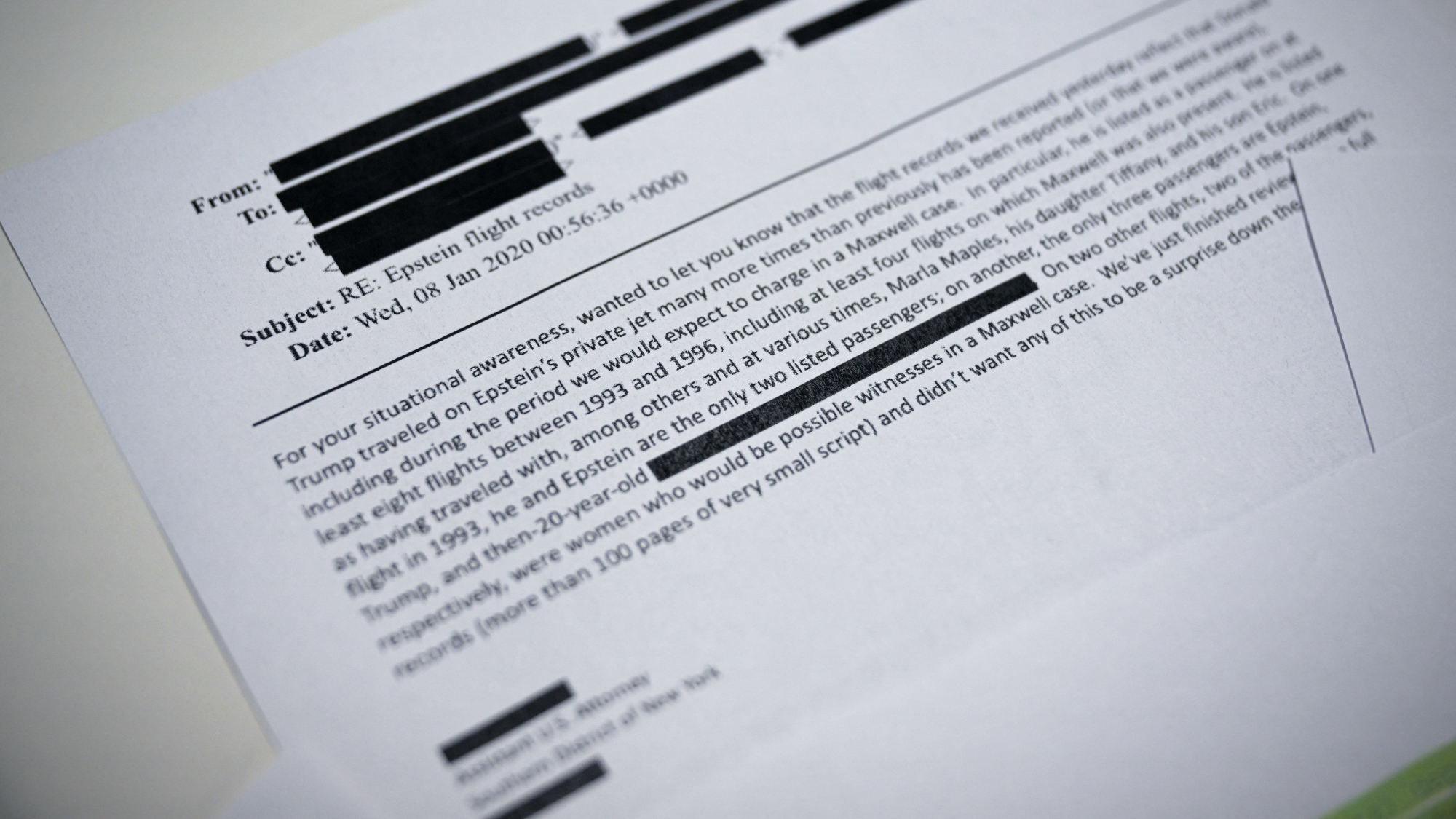From Da Vinci to a golden toilet: a history of museum heists
‘Spectacular’ events at the Louvre are the latest in a long line of peculiar art robberies
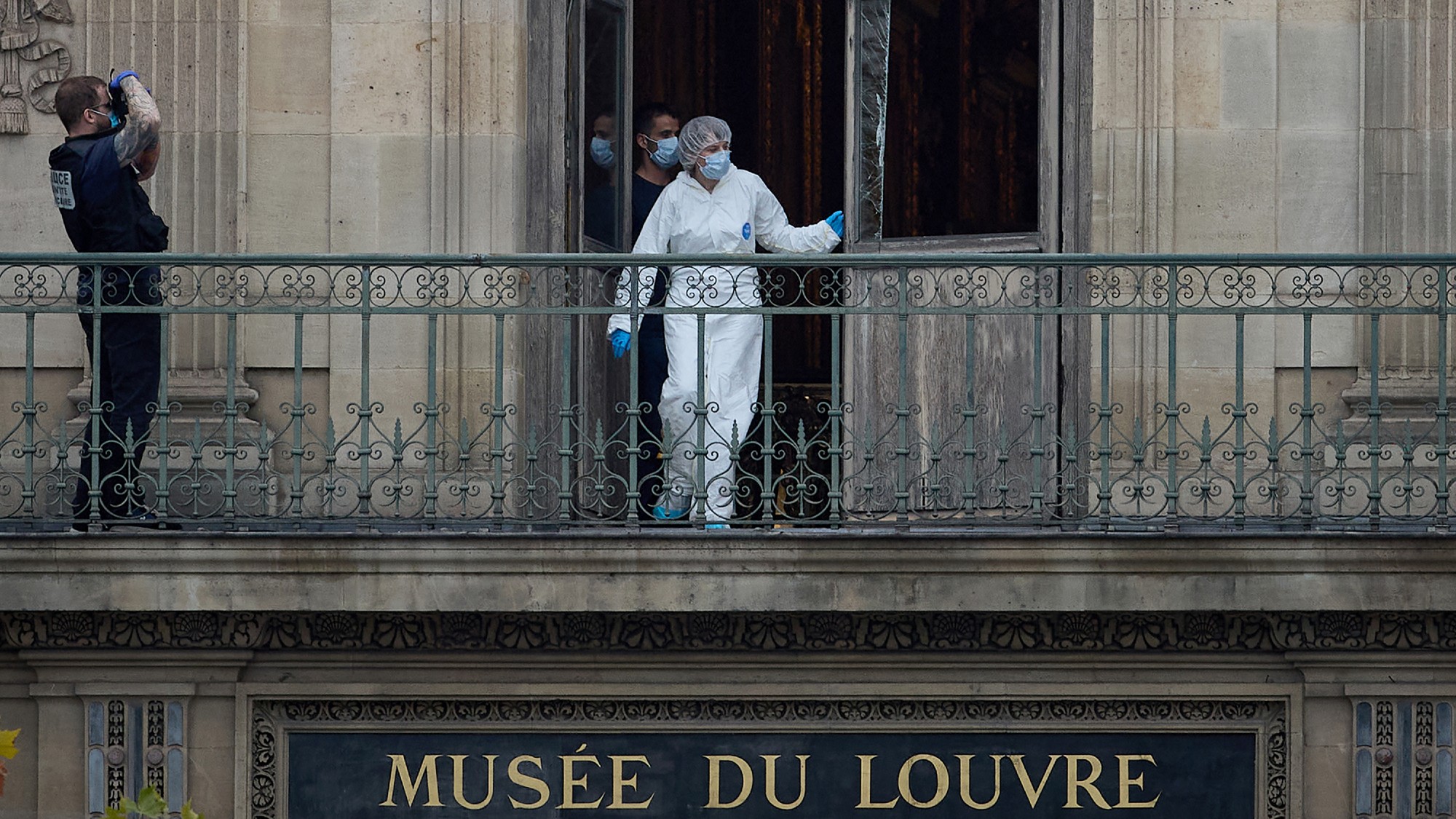
The theft of eight items from the Louvre, including Napoleonic-era jewellery, has left Paris reeling from one of the “most spectacular” but “brazenly simple” heists of the last century.
It comes at a time when museums and art collections are “increasingly being targeted by criminal gangs”, said the BBC, inspired by some of the most daring, and peculiar, art heists in the modern era.
‘History’s biggest art heist’
The Louvre, the most popular museum in the world in 2024 with nearly 9 million visitors, has a “long history of thefts and attempted robberies”, said The Associated Press.
The Week
Escape your echo chamber. Get the facts behind the news, plus analysis from multiple perspectives.

Sign up for The Week's Free Newsletters
From our morning news briefing to a weekly Good News Newsletter, get the best of The Week delivered directly to your inbox.
From our morning news briefing to a weekly Good News Newsletter, get the best of The Week delivered directly to your inbox.
One of the most famous incidents involved the theft of the prized “Mona Lisa” in 1911, after a former worker at the museum “walked out with the painting under his coat”. It is thought he wanted to repatriate Da Vinci’s work to Italy, but the painting was recovered in Florence two years later and reinstated in the museum. The mystery and uniqueness of the painting, and the drama of this heist, arguably “helped make Leonardo da Vinci’s portrait the world’s best-known artwork”.
On the other side of the Atlantic, the aggravated robbery of 13 artworks from the Isabella Stewart Gardner Museum in Boston in 1990 shocked the world. To this day, it is “history’s biggest art heist”, with more than “half a billion dollars” of art vanishing into thin air, said CNN.
Two security guards were “bound in duct tape” and subsequent intelligence led police to suspect that the “Corsican mob” was behind the operation. This line of investigation “fell apart” when the art they were trying to sell ended up being from a robbery at a Nice museum instead. Despite the scale and value of the heist, “not a single motion detector was set off”, with rumours since circling of “ghost robbers”, or perhaps more likely “an inside job”. None of the art has since been recovered.
‘The Scream’ and a golden toilet
Perhaps the second most famous artwork in this list, Edvard Munch’s “The Scream” was stolen from the National Museum of Art, Architecture and Design in Oslo just four years later in 1994.
A free daily email with the biggest news stories of the day – and the best features from TheWeek.com
Using a ladder to gain entry in the dead of night, the robbers “made a beeline” for the piece and used wire cutters to access the work in “50 seconds to be precise”, said The Collector. Allegedly, the assailants left the guards a note saying “Thanks for the poor security”, and the whole escapade was caught on camera. Fortunately, within three months the police arrested four men, with the ringleader receiving six years in prison. The painting was safely recovered from a “hotel room in Aasgaarstrand”, 60 miles away.
A painting stolen once is shocking enough, but one taken four times borders on comical. “Jacob de Gheyn III” by Rembrandt, housed at the Dulwich Picture Gallery in south London, was stolen in 1966, 1973, 1981 and 1983, in “one of the more bizarre cases of art theft” ever recorded, said Euronews.
The piece has gained the nickname the “takeaway Rembrandt”, but was recovered “after every theft” and it is still on display today. In 2019, the gallery was closed following the attempted theft of two Rembrandts, which was “thwarted” thanks to the gallery’s “robust” security systems, said The Art Newspaper. It is still unknown which Rembrandts were targeted.
Most recently, the theft of a £4.75 million golden toilet from Blenheim Palace in Oxfordshire captured the imagination of the British public in 2019.
Two men were jailed this year following the “bold and brazen” stunt, said The Guardian. The “18-carat fully functioning lavatory” by Italian artist Maurizio Cattelan weighed “around 98kg” and was taken away by “sledgehammer-wielding thieves”. The gold has never been recovered and was “probably melted down”, said The Telegraph. The artefact had been on display “for just under a week before it was taken”, and the palace has since replaced it with a “replica with which visitors can pay £10 to take a selfie”. The new attraction is designed to be a “fun focal point for visitors to sit down for a selfie with a difference”, Blenheim Palace said.
Will Barker joined The Week team as a staff writer in 2025, covering UK and global news and politics. He previously worked at the Financial Times and The Sun, contributing to the arts and world news desks, respectively. Before that, he achieved a gold-standard NCTJ Diploma at News Associates in Twickenham, with specialisms in media law and data journalism. While studying for his diploma, he also wrote for the South West Londoner, and channelled his passion for sport by reporting for The Cricket Paper. As an undergraduate of Merton College, University of Oxford, Will read English and French, and he also has an M.Phil in literary translation from Trinity College Dublin.
-
 A long weekend in Fontainebleau
A long weekend in FontainebleauThe Week Recommends Less than an hour from Paris, this historic town is perfect for a short break
-
 Holbein: ‘a superb and groundbreaking biography’
Holbein: ‘a superb and groundbreaking biography’The Week Recommends Elizabeth Goldring’s ‘definitive account’ brings the German artist ‘vividly to life’
-
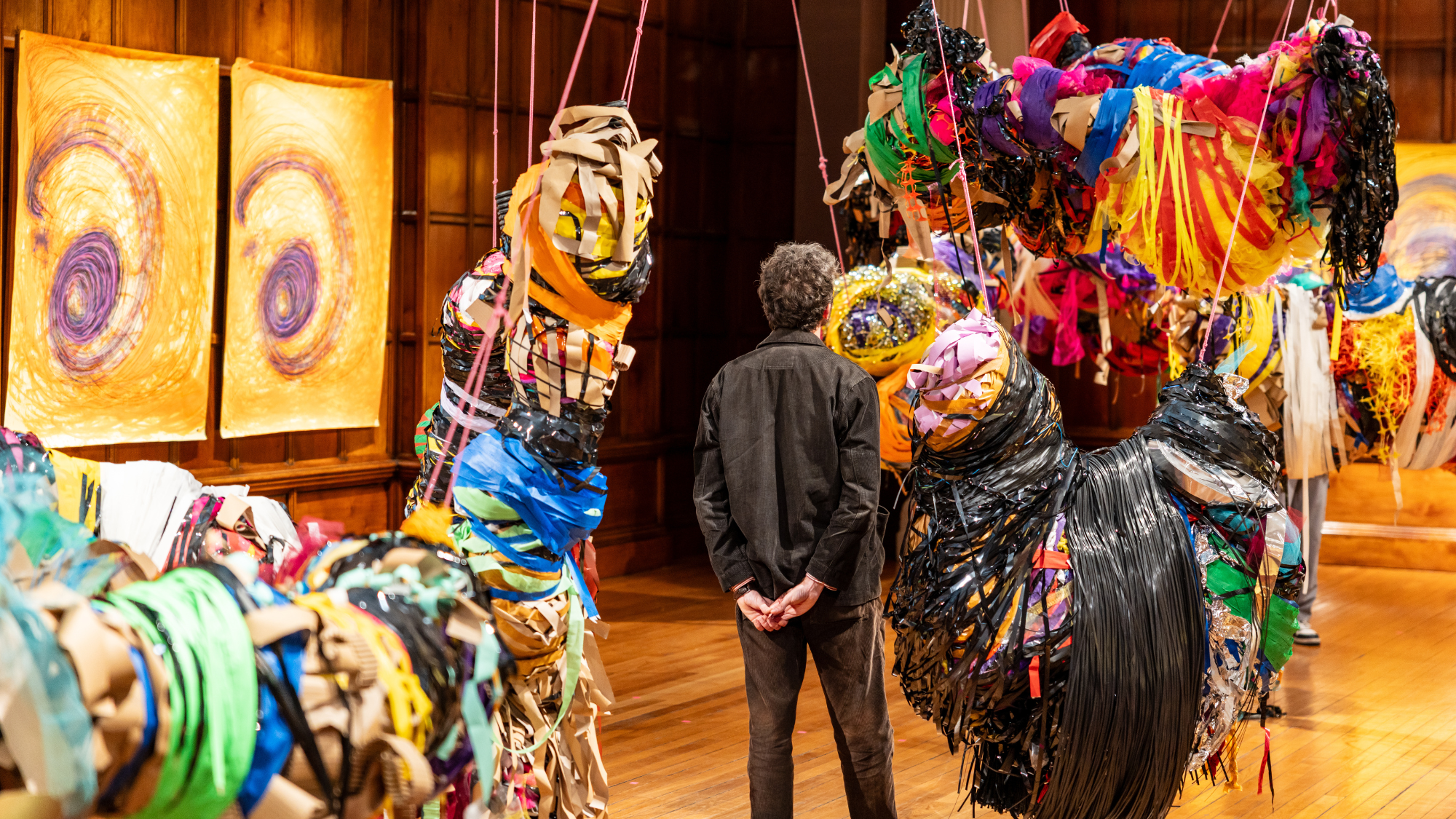 Nnela Kalu’s historic Turner Prize win
Nnela Kalu’s historic Turner Prize winTalking Point Glasgow-born artist is first person with a learning disability to win Britain’s biggest art prize
-
 Henri Rousseau: A Painter’s Secrets
Henri Rousseau: A Painter’s Secretsfeature Barnes Foundation, Philadelphia, through Feb. 22
-
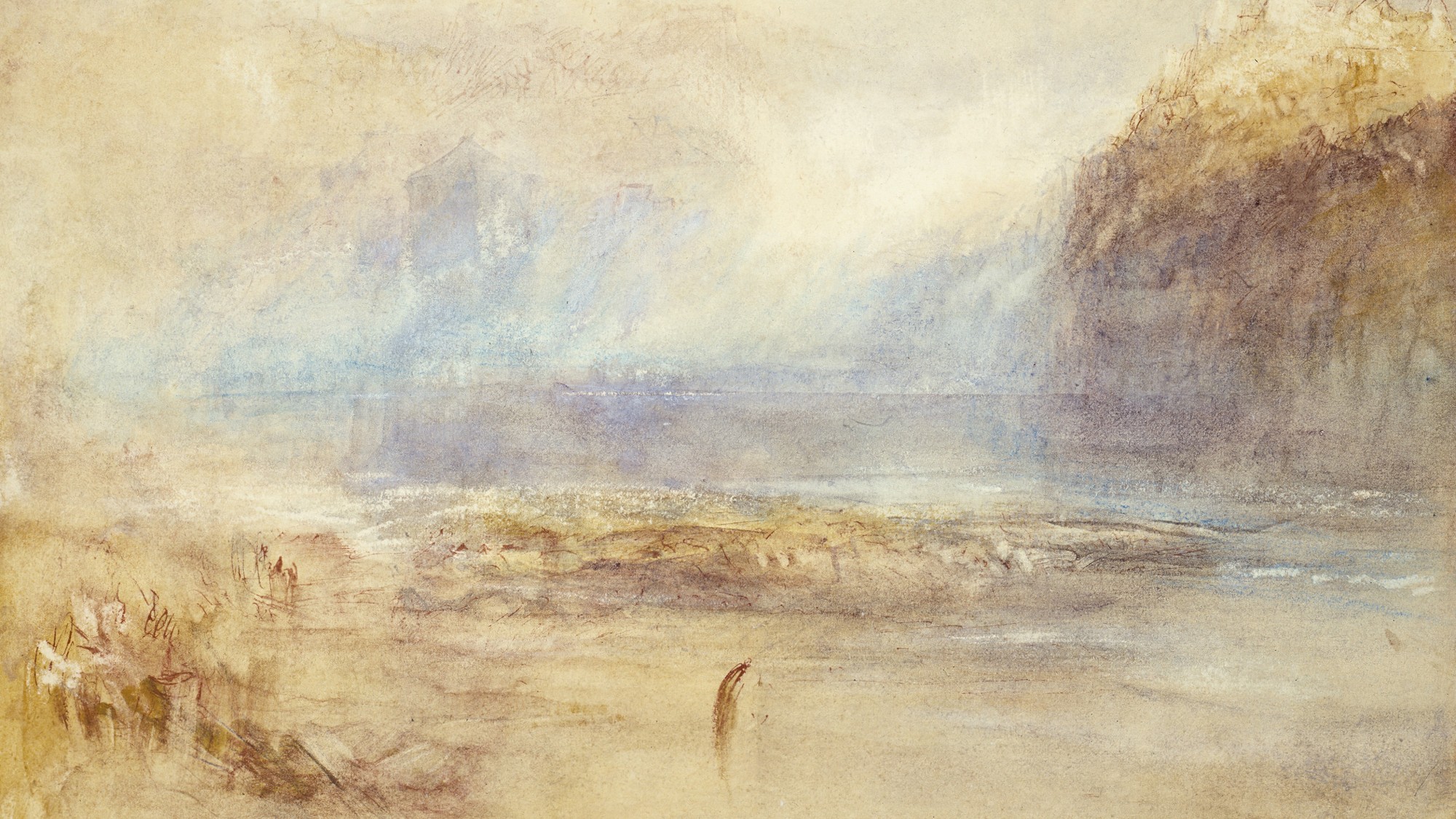 Turner: The Secret Sketchbooks – a fascinating portrait of the great painter
Turner: The Secret Sketchbooks – a fascinating portrait of the great painterThe Week Recommends BBC2 documentary examines the rarely seen sketchbooks of the enigmatic artist
-
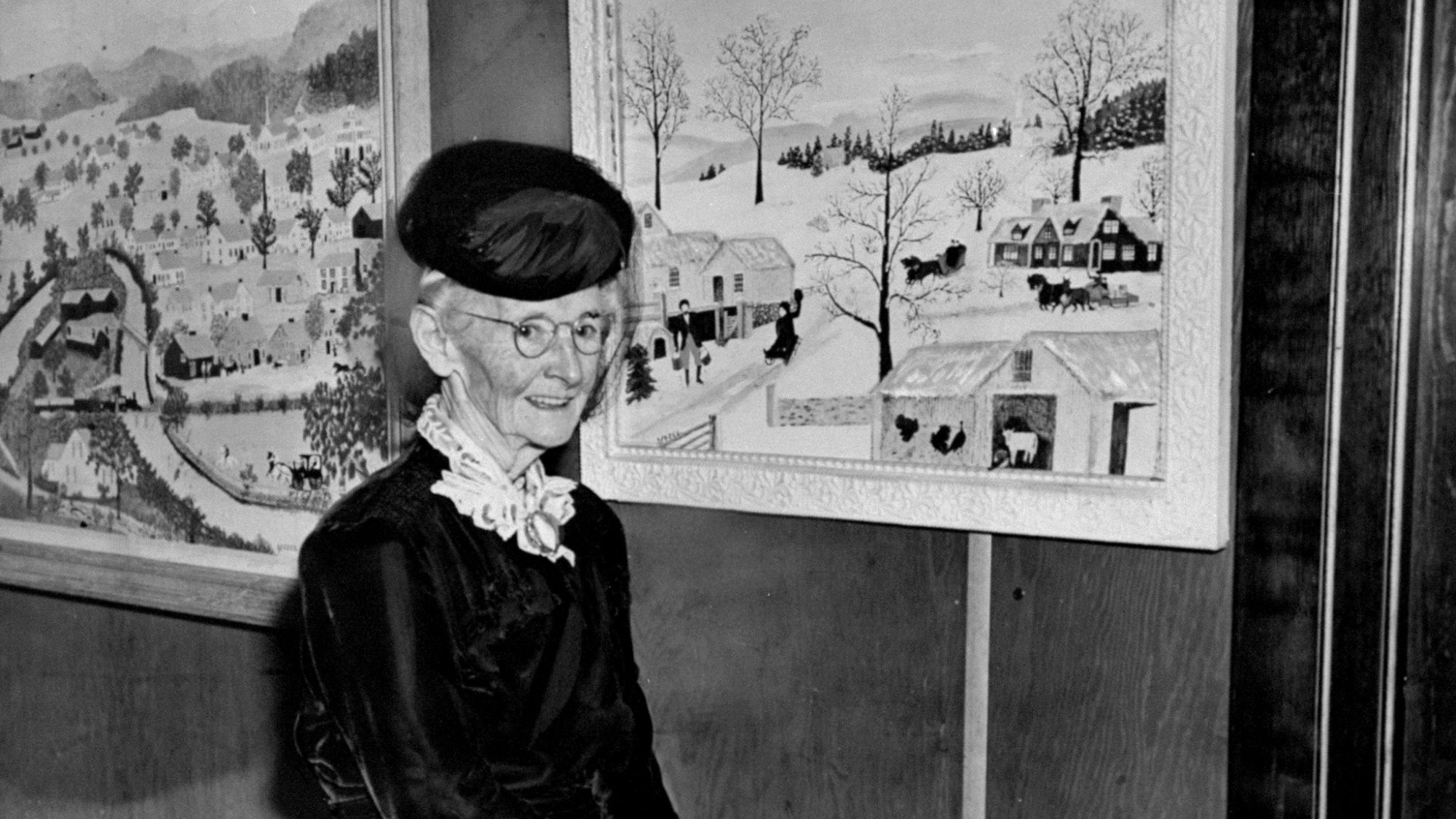 6 gripping museum exhibitions to view this winter
6 gripping museum exhibitions to view this winterThe Week Recommends Discover the real Grandma Moses and Frida Kahlo
-
 Has 21st-century culture become too bland?
Has 21st-century culture become too bland?Under The Radar New book argues that the algorithm has killed creative originality
-
 A scenic road trip in the French Riviera
A scenic road trip in the French RivieraThe Week Recommends The mild climate of the Côte d’Azur makes it ideal for shoulder season

